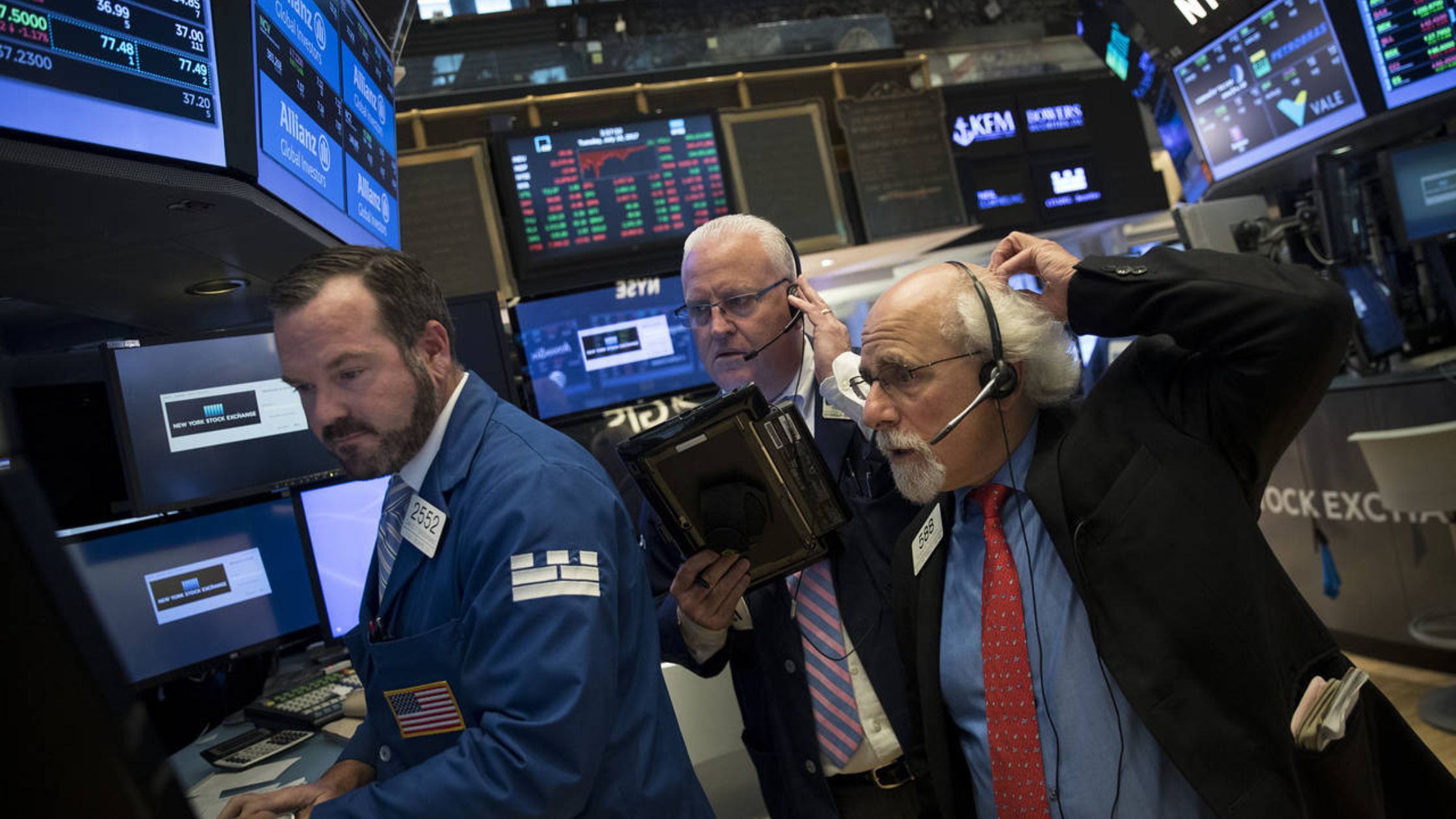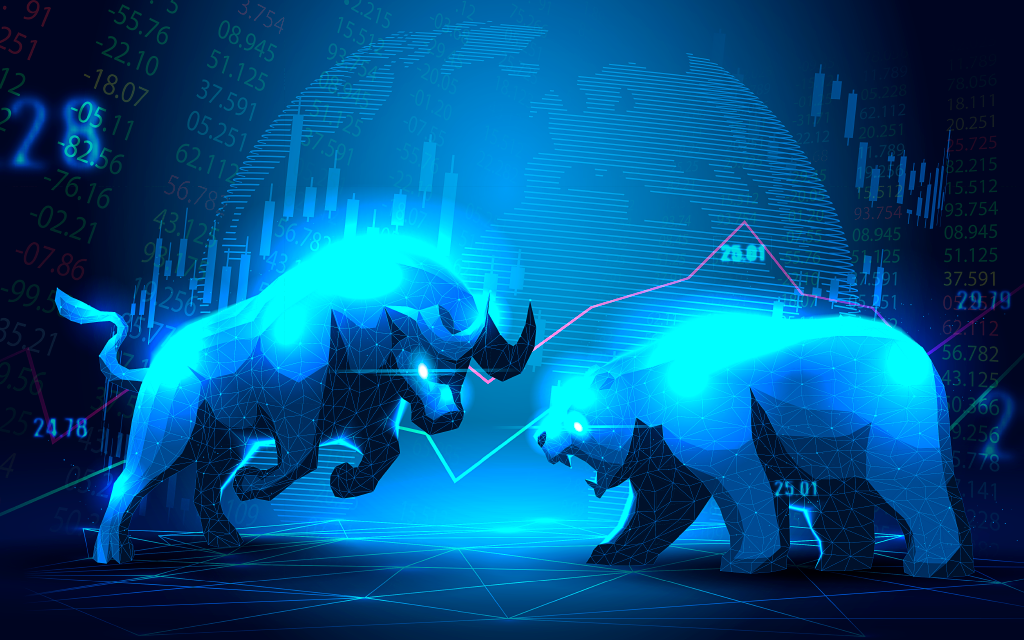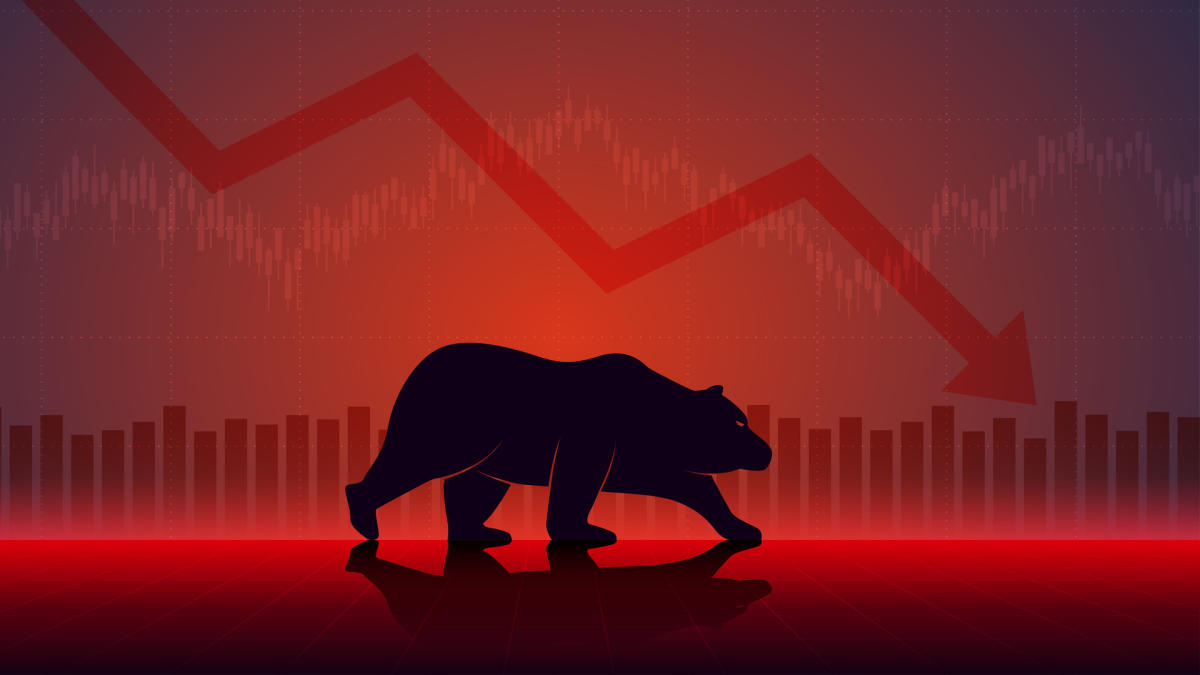Success Stories
Bear Market and Recession: How To Invest During One
Bear Market and Recession: How To Invest During Bearish market. Many investors experience fear when they hear the term “bear market.” But…

Bear Market and Recession: Many investors experience fear when they hear the term “bear market.” But compared to the length of bull markets, when the market is appreciating in value, these severe market downturns are inevitable and frequently only temporary. Bear markets can even provide good investment opportunities.
A bear market happens when stocks are falling and people are feeling down. Everyone is aware that the stock market fluctuates. If you own stocks, you probably want to see constant price increases. Unfortunately, that isn’t how markets operate.
As both buyers and sellers are trying to benefit from their positions, there will always be a tug of war between the market getting pushed higher and dragged lower. But what precisely is a bear market, and perhaps more importantly, can you profit from one?
The following information on bear markets will help you understand the term and will provide you with tips on how to respond when one occurs.
What Are Bull and Bear Markets?

Bear Market and Recession: How To Invest During Bearish market
Bear Markets

Bear Market and Recession: How To Invest During Bearish market
In general, a bear market occurs when a broad market index declines by 20% or more from its most recent high. A bear market is characterized by a sustained decline in investment prices. A bear market can affect both specific stocks and an entire market, like the Dow Jones Industrial Average.
While 20% is the cutoff, bear markets frequently fall much further than that over a prolonged period rather than all at once. Even though there are a few sporadic “relief rallies,” the market’s overall tendency is down. Investors eventually start to identify companies that are reasonably priced and start buying, which effectively puts an end to the bear market.
Bull Markets

Bear Market and Recession: How To Invest During Bearish market
A financial market is said to be in a bull market when prices are rising or are anticipated to rise. The word “bull market” can refer to anything that is traded, including bonds, real estate, currencies, and commodities, however, it is most frequently used to describe the stock market.
Because values of securities increase and fall basically continuously throughout trading, the phrase “bull market” is normally reserved for extended periods in which a major part of asset prices are rising. Bull markets frequently last for several months or even years.
READ MORE: 5 Investment Strategies To Double Your Money
What Is Considered a Bear Market?
Despite the fact that there is no official, scientific definition of a bear market, financial experts typically declare one when broad market indices, like the S&P 500, fall 20% from recent highs.
Bear markets typically drop slowly and painfully over a period of months, though they can occasionally happen relatively quickly. For instance, the bear market that occurred around the time of the initial COVID-19 outbreak in early 2020 was the quickest on record, falling more than 20% in just 19 days.
What Is Considered a Bull Market?
Stocks enter a bull market when they consistently increase by 20% from their prior lows. In a bull market, investors are upbeat and more likely to buy stocks aggressively, which raises prices — the exact opposite of a bear market.
How long do bear markets last, and what causes them?
Although it doesn’t always happen, a bear market frequently happens just before or after the economy enters a recession. Investors closely monitor hiring, wage growth, inflation, and interest rate indicators to determine when the economy is slowing.
Investors anticipate a short-term decline in corporate profits when they observe a contracting economy. So, they sell equities, which causes the market to decline. A bear market can imply greater unemployment and harder economic circumstances ahead.
In general, bear markets last 363 days on average as opposed to 1,742 days for bull markets. According to data gathered by Invesco, they also tend to be statistically less severe, with average losses of 33% compared with bull market average gains of 159%.
Even though the full extent of the economic effects is still unknown, the coronavirus bear market that started on March 11, 2020, quickly transitioned into a bull market phase.
Is a Bear Market Good or Bad?
Some investors could be alarmed by a 20% loss over a few months, but bear markets are a typical feature of an average cycle.
Investors will buy stocks when they are confident about the direction of the economy and business until they start to believe that stock prices are excessive. Many sell their positions at that point. As a result, the market declines. Once it reaches a point where investors see value again, they start to buy, and the cycle repeats itself.
The Positive Side
Depending on where you are positioned, a bear market may be beneficial or detrimental. Is buying during a bear market a wise idea? When investing for the long run, buying during a bear market is frequently a wise move. While it’s hard to withstand the short-term pain of prices plunging by 20% or more, if you can get in at lower levels, the market is likely to return to new highs, something it has done after every preceding down market.
Bear markets are preferred by other investors who have sold equities with the intention of eventually buying them again at cheaper prices because that is when they can profit.
The Negative Side
However, because investing is by its very nature an emotional experience, bear markets may sometimes be awful.
Some investors give up in anguish after seeing the value of each of their individual stock holdings fall by 20%, 50%, or even more, and they end up liquidating their positions shortly before the market bottom. Then, these investors are passive and miss out on the recovery when the markets turn around and enter a new bull market.
Finding a Balance
Whatever type of investor you are, you should always be ready to deal with a bear market. However, if you have a tendency to become overly sentimental when it comes to stocks, put safeguards in place to prevent premature selling.
Set up automated investing so that you consistently add to the market even when your instincts tell you not to. Avoid looking at your portfolio too frequently since you risk making a bad decision based on emotion.
What Causes a Bear Market?
Investor attitude changes are what bring about bear markets. There could be several reasons for this. One potential contributor is a poor business climate and low earnings in one or more economic sectors.
The market is influenced by emotional and psychological elements as well, such as investors’ fears that they timed the market incorrectly despite the lack of any concrete data to back that belief.
What Is the Difference Between a Bear Market and a Correction?
Market corrections and bear markets have many characteristics. In essence, a bear market is a correction that is more severe. A correction is a decrease of at least 10%, although a bear market is often described as a decline of 20% or more.
How Frequently Occur Corrections and Bear Markets?
Corrections should be anticipated to occur around every two years as they are common occurrences. Since 1950, the S&P 500 has experienced 39 corrections, with an average correction taking place every 1.9 years, according to data from Yardeni Research.
In comparison, bear markets happen every 3.6 years on average. This indicates that while bear markets may not occur frequently on a daily basis, they do so on a long-term basis fairly frequently.
How Long Do Bear Markets and Corrections Last?
Corrections don’t last as long since they are less severe than bear markets. Compared to the average bear market, which lasted about 19 months, according to LPL Research, the average correction has only lasted 189 days.
Bear markets have been getting shorter and shorter, but long-term averages can be deceptive. The average length of the last three bear markets, in 2011, 2018, and 2020, was only 4-5 months.
What Are the Phases of a Bear Market?
There are typically four stages to a bear market.
- High pricing and positive investor optimism characterize the first phase. Investors start to withdraw their money from the markets and reap their profits as this phase comes to a close.
- During the second phase, corporate profits start to decline, trading activity picks up, and stock prices that may have once been rising start to drop sharply. The decline in sentiment causes some investors to panic. Capitulation is what is meant by this.
- Speculators begin to enter the market in the third phase, which raises prices and trading volume.
- Stock prices continue to decline in the fourth and final phase, although slowly. Bear markets begin to give way to bull markets when investors start to once again become attracted to low pricing and positive news.
READ MORE: Top 10 Ways To Invest In Gold: A Guide for Investors
How to invest during a bear market

Bear Market and Recession: How To Invest During Bearish market
1. Become friends through dollar-cost averaging.

Bear Market and Recession: How To Invest During Bearish market
Let’s say stock in your portfolio sees its price fall 25%, from $100 per share to $75 per share. It can be tempting to try to buy when you think the stock’s price has fallen if you have money to invest and want to purchase more of this stock.
Unfortunately, you’ll probably be in error. It’s possible that the stock hasn’t fallen 50% or more from its high; instead of bottoming out around $75 per share. Attempting to “time” the market or “pick the bottom” is risky because of this.
A more conservative course of action is to consistently contribute funds to the market using a technique called dollar-cost averaging. You consistently invest money over time and in about equal amounts when you use dollar-cost averaging. This ensures that you don’t invest all of your money in stock at its peak and smooths out your purchasing price over time (while still taking advantage of market dips).
Bear markets can undoubtedly be frightening, but the stock market has shown over and again that they eventually end. Bear markets can be fantastic opportunities to buy equities at reduced prices if you change your mindset and concentrate on prospective gains rather than probable losses.
2. Think about the long term.

Top 10 Best Long-Term Investments For Building Wealth
All investors are put to the test during bear markets. Even while these times are difficult to endure, history indicates that the market will most likely rebound rather quickly. Additionally, the downturn markets you’ll experience if you’re investing for a long-term objective—like retirement—will be eclipsed by bull markets. The money you need for short-term goals, often those you intend to achieve in less than five years, should not be invested in the stock market.
Even yet, one of the finest things you can do for your portfolio is to resist the urge to sell investments when markets fall. You can have a Robo-advisor or a financial advisor manage your investments for you in both good and bad times if you struggle to keep your hands off them during a bear market.
READ MORE: Top 10 Best Long-Term Investments For Building Wealth
3. Diversify your holdings

Bear Market and Recession: How To Invest During Bearish market
Speaking of purchasing stocks at a discount, increasing your portfolio’s diversity to include a variety of assets is another wise move, down market or not.
During bear markets, all the companies in a specific stock index, like the S&P 500, typically decline, though not always by the same percentages. A well-diversified portfolio is essential because of this. The overall losses of your portfolio are reduced if you have a mix of relative winners and losers in your portfolio.
If only you could know the winners and losers in advance. Investors frequently select assets that give a steadier return during these times since they typically occur before or concurrently with economic recessions. This is true regardless of the state of the economy.
The following investments could be included in your portfolio as part of this “protective” strategy:
Stocks that provide dividends. Many investors still desire dividend payments even when stock values aren’t rising. Investors will therefore be drawn to businesses that offer higher-than-average dividends during downturn markets. (For a list of stocks that pay out high dividends, see our list of 25 such stocks.)
Bonds. Because they frequently move in the opposite direction from stock prices, bonds are also a desirable investment during uncertain times in the stock market. Any portfolio must include bonds, but adding more short-term, high-quality bonds to your holdings may lessen the impact of a down market.
4. Invest in Sectors that do well during economic downturns.
Take a look at the industries that typically perform well during market downturns if you want to add some stabilizing assets to your portfolio. Consumer goods and utilities typically fare better in bad markets than other things.
Through index funds or exchange-traded funds that follow a market benchmark, you can invest in particular industries. For instance, investing in a consumer staples ETF can expose you to businesses in that sector, which is more stable than others during recessions. Because each fund owns shares in numerous firms, investing in an index fund or ETF offers greater diversification than buying a single stock.
